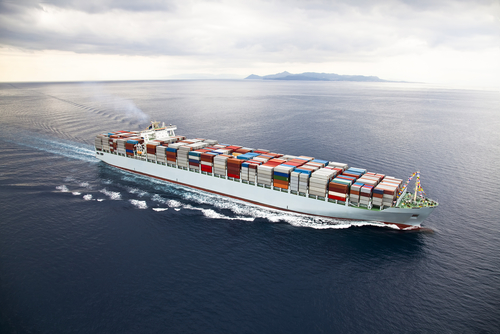 |
All vessels greater than 79 feet in length, (except recreational, military and commercial fishing vessels), that operate as a means of transportation are covered under the 2013 VGP. Vessels that are greater than or equal to 300 gross tons or those with the capacity to hold or discharge more than eight cubic meters or 2,113 gallons of ballast water must submit an NOI to be in compliance with the VGP. Vessels that are less than 300 gross tons and that do not have the capacity to hold or discharge more than 8 cubic meters of ballast water are not required to submit an NOI, but instead must complete a Permit Authorization and Record of Inspection (PARI), and keep a signed copy of it onboard at all times to maintain VGP coverage.
As a “general permit” the VGP is intended to regulate those discharges that are incidental to the normal operation of the vessels (except ballast water), which includes 26 categories already covered under the 2008 VGP as well as fish-hold effluent in the event that the current permitting moratorium expires in December 2014 without other permit coverage.
Need an answer fast? Relax. Our editors guarantee a personalized response to your questions within 3 business days. Take a free trial of Enviro.BLR.com and see what everyone is talking about. For a limited time, also receive a free 2014 EHS Salary Guide. Download Now.
In addition Part 4.2 2013 VGP also requires written records be maintained on the vessel (or the accompanying tug in the case of a barge) and retained on the vessel for a period of three years. These records include:
- Owner/vessel information;
- A voyage log;
- Records of any violation of any effluent limit and corrective action taken;
- A record of routine inspections and any deficiencies or problems found;
- Analytical monitoring results;
- A log of findings from annual inspections and any corrective actions planned or taken;
- A record of any specific requirements given to the vessel by EPA or state agencies;
- Additional information on vessel maintenance and specified discharges; and
- A record of training completed.
Regarding recordkeeping, the EPA recognizes that technological advances now allow records to be kept electronically and thus considers electronic records to be “written records” provided that the records are:
- Provided in a format that can be read in a similar manner as a paper record,
- Legally dependable with no less evidentiary value than their paper equivalent, and
- Accessible to the inspector during an inspection to the same extent as a paper copy stored on the vessel would be, if the records were stored in paper form.
Everything You Need for Environmental Compliance
Enviro.BLR.com puts everything you need at your fingertips, including practical RCRA, CAA, CWA, hazardous waste regulatory analysis and activity, news, and compliance tools. Try it at no cost or risk and get a FREE report.
As noted above, one of the records required under the 2013 VGP is the Annual Report, which is a new aspect of the VGP and replaces the “one-time report and annual non-compliance report” required in the 2008 VGP. According to the 2013 VGP, “For each vessel, owners/operators are required to submit an Annual Report for each year that they have active permit coverage. For vessels which must file NOIs, this means for as long as they have an active NOI. For vessels which need not file an NOI, they maintain active coverage as long as they are operating in waters subject to this permit, provided they have signed and maintain a copy of the PARI form.”
Annual Reports must be submitted electronically via either the EPA’s NPDES vessel webpage at www.epa.gov/npdes/vessels or through EPA’s eNOI system at www.epa.gov/npdes/vessels/eNOI. The deadline is February 28 of the following year, so 2014 annual reports are due in February 2015, and should include any relevant information from the period December 19, 2013 through December 21, 2013, to accommodate information after the new permit went into force but before the 2014 recordkeeping year.
